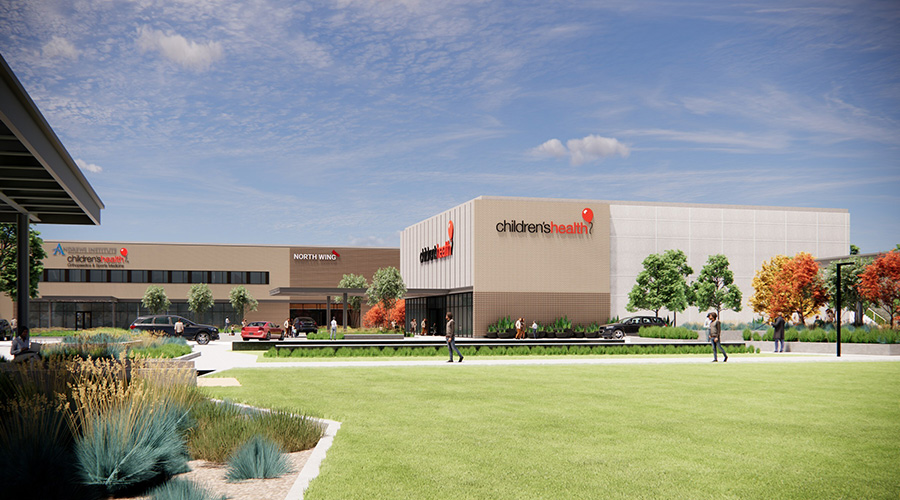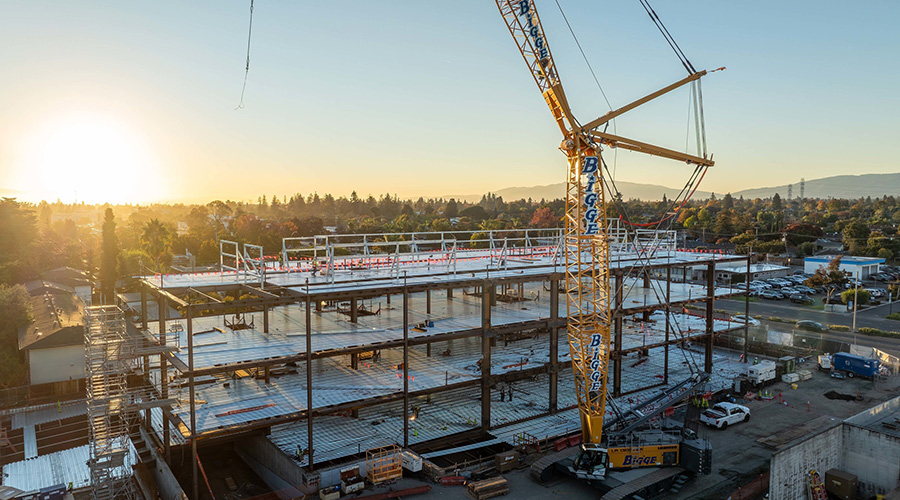What’s in a room? In the case of hospitals, the question is much more complex than it seems at first. Research long ago demonstrated the value to patient healing from natural light in hospital rooms. But what impact does the overall design of hospital rooms have on patient health and healing? As it turns out, the impact can be tremendous.
Certain hospital room features, such as having a window view and distance from a nursing station, might influence clinical outcomes after undergoing high-risk operations, according to new research at the University of Michigan.
Architecture and interior design can enhance patient care and outcomes, but little research has investigated the way room features such as single versus double occupancy, distance from a nursing station, and a window view might impact clinical outcomes. Researchers sought to understand whether certain hospital room features impact mortality and length of stay after surgery.
The analysis for this single-site study involved 3,964 patients who underwent 13 high-risk surgical procedures — including colectomies, pancreatectomies and kidney transplants — at the University of Michigan Hospital between 2016 and 2019. The patients were admitted to rooms on two hospital floors.
Patient rooms were coded based on their features — window or no window, single occupancy, double occupancy, distance to the nursing station, and line of sight to clinicians. Patient encounters were linked by room number to identify clinical outcomes, including mortality and length of stay, related to room design. Key findings include:
- Room features that influenced clinical outcomes after surgery included distance from a nursing station, single room occupancy, and having a direct line of sight where clinicians can see into the room.
- After adjusting for patient comorbidities and complexity of the operation, mortality rates were 20 percent higher if patients were admitted to a hospital room without a window than if they were put in a room with a window.
- For patients staying in a room without a window, 30-day mortality rates were 10 percent higher.
- Though mortality rates varied across room design, mortality rates did not vary by room type after accounting for length of stay, suggesting that length of stay does not account for differences in mortality.

 Spaces That Support: Patient-Centered Design for Modern Reproductive Health
Spaces That Support: Patient-Centered Design for Modern Reproductive Health Modernization of Buildings Require Collaboration Across All Disciplines
Modernization of Buildings Require Collaboration Across All Disciplines Children's Health Announces Plans for RedBird Specialty Center in Texas
Children's Health Announces Plans for RedBird Specialty Center in Texas How Can Healthcare Facilities Use Efficiency to Drive Climate and Health Goals?
How Can Healthcare Facilities Use Efficiency to Drive Climate and Health Goals? El Camino Health Rehabilitation Hospital Officially Tops Out
El Camino Health Rehabilitation Hospital Officially Tops Out